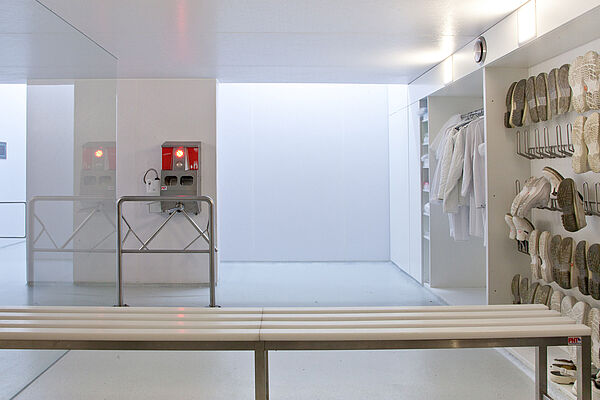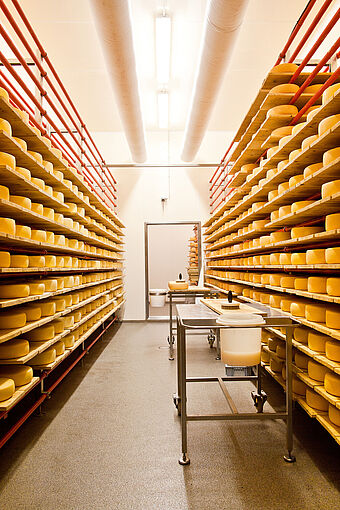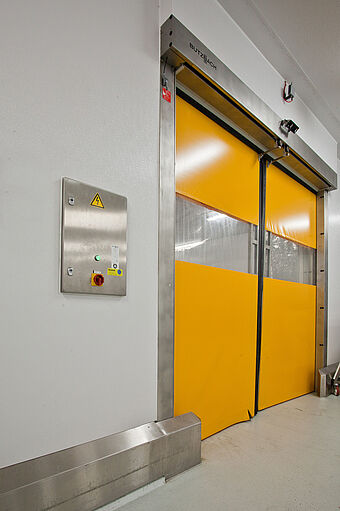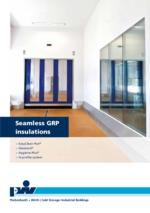
Rooms for food processing are subject to extremely stringent hygiene regulations, so the use of the correct insulating panels is crucial.
GRP insulating elements are both visually and hygienically perfect and proven for use in refrigeration rooms and operating facilities at dairies and cheese makers, slaughterhouses, sausage, meat, fish and vegetable processing plants. They comply fully with the EU directives for the food industry and food trade.
Depending on the specifications, GRP insulating elements can be supplied as ceiling and wall claddings, partition walls or accessible suspended ceilings. The panels are available as an innovative jointless system with a certified, food-safe two-component gap-filled joint or as a proven H-profile system. Both systems can be installed quickly, easily and economically.
We plan your project to suit you. Our professional in-house fitters then reliably install the solution we have planned and coordinated on schedule.
Discuss your project with us so we can seek the right solution with you.
Please refer to our brochure for more information:
DOWNLOAD (PDF, 3 MB)




